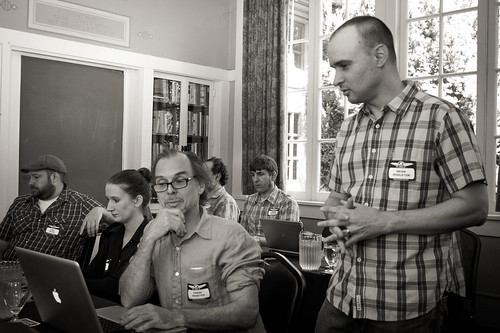For the past 30 years, McMenamins have established themselves as a strong regional influence with their signature food and drinks, music and events, culture, and historical locations. They are a household name, known for their brand’s unique character that brings good food, fun and entertainment for anyone who visits their locations across the Pacific Northwest. While McMenamins is constantly opening new establishments and expanding their influence in their community, Planet Argon saw that the McMenamins homepage needed an update to reflect that growth and the evolution of their brand. So, the PA team proposed a solution for the redesign of the homepage.
Evolution of the McMenamins Homepage
19 Jul 2013



